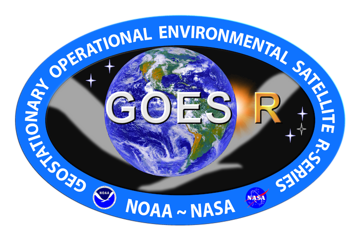CSPP Geo AIT Framework Version 2.1.0 Release
22 Jan 2024
The production release of the Version 2.1 CSPP Geo Algorithm Integration Team (AIT) Framework package processes Level 1B (L1B) Advanced Baseline Imager (ABI) data from the GOES-16, GOES-17, and GOES-18 satellites, and generates Level 2 (L2) derived geophysical products.
The Version 2.1 production release includes the following changes since the Version 2.1 beta 1 release:
- Significant updates to the NOAA science algorithms and core processing software, incorporating changes since May 2022.
- Significant changes to CSPP Geo logic affecting the Low Cloud and Fog products and file format. This includes product quality improvements due to use of Rapid Refresh (RAP) forecast data.
- Multiple bug fixes and robustness improvements, resulting from beta tester feedback and internal testing.
- Quicklooks image plotting improvements.
- Changes affecting downloading and management of dynamic ancillary data, including automatic failover to a secondary, off-site ancillary server to allow continued product generation if the primary server is offline or has not been updated.
- Changes affecting caching and use of temporal data (products from previous timesteps used to improve product quality).
- Changes to maintain sync with the operational products from the GOES-R ground system.
- Improvements to logging and error messages.
Recommended system requirements for the CSPP AIT Framework software are as follows. This system will allow generation of the full set of Version 2.1 products for all image times. Legacy machines can still be used but will be unable to generate the full set of v2.1 products.
- AMD Zen 3 generation CPU or Intel equivalent (Intel Rocket Lake Xeon processor generation, circa 2021) or newer, 48 physical cores (e.g. 2 x 24-core), 2.8GHz.
- 256 GB RAM
- Rocky 8 or Rocky 9 64-bit Linux (or other compatible 64-bit Linux distribution),
- 25 TB disk space (does not include long-term storage), capable of a sustained 130 MiB/s random write speeds.
An internet connection is required to download dynamic ancillary data. The expected volume of dynamic ancillary data is about 4.4 GB per day (all products) or 2.6 GB per day if Low Cloud and Fog is excluded.
Download Now



